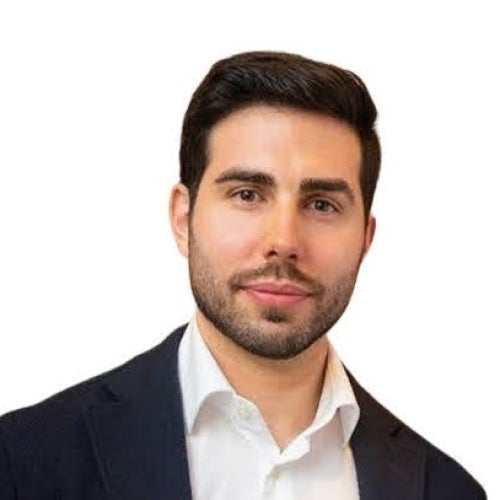License obtained for age predictor developed by UCLA FSPH Professor
Zymo Research Corp. announced today that it has obtained an exclusive license for a methylation age predictor, also known as Horvath's Clock.
Zymo Research Corp. announced today, during the ASHG 2016 Annual Meeting, that it has obtained an exclusive license for a methylation age predictor, also known as Horvath's Clock, so named for Dr. Steve Horvath, professor of biostatistics at the Fielding School of Public Health and of human genetics at the David Geffen School of Medicine at UCLA, who developed the epigenetic clock.
Dr. Horvath examined the relationship between DNA methylation and aging. The Horvath Clock uses sample DNA from any biological source (such as adipose tissue, bladder, blood, various organs, etc.), other than sperm, to measure DNA methylation based on 353 epigenetic markers from the human genome. The clock estimates the biological age of most human tissues and cell types.
Horvath's Clock is a groundbreaking tool that could provide profound insight on how biological aging is assessed.
The epigenetic clock can be used for forensic, consumer or academic applications. Dr. Graham Threadgill, Vice President of Global Marketing at Zymo Research said, "The Horvath Clock is an important part of Zymo Research's aging program. We plan to commercialize products in the future based on the epigenetic clock and other related markers. We are excited to be at the forefront of this new field of research and look forward to expanding Zymo's presence in the field of epigenetic analysis."
Dr. Horvath's research in 2013 led him down the path to learn more about the process of human aging and how to slow it down. His Horvath Clock is a tool that compares the biological age of any tissue to its chronological age with consistently accurate results. The epigenetic clock could be used in a broad range of research, such as cancer or stem cell, to offer researchers valuable insights about the biological age of tissues and cell types.


